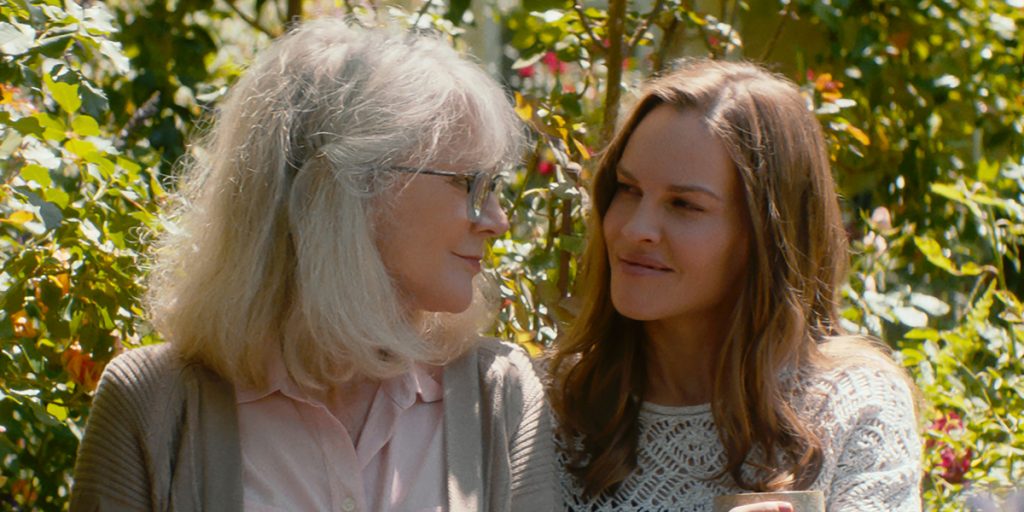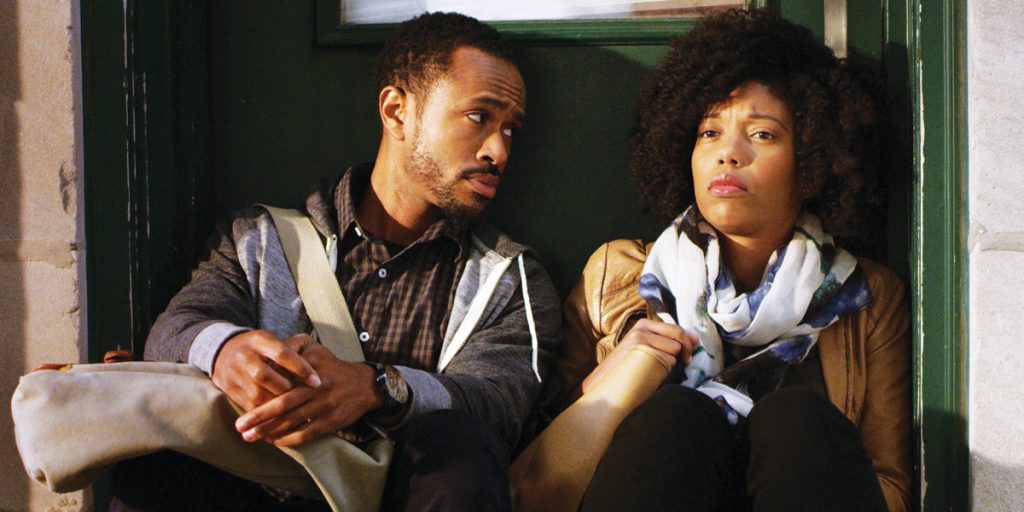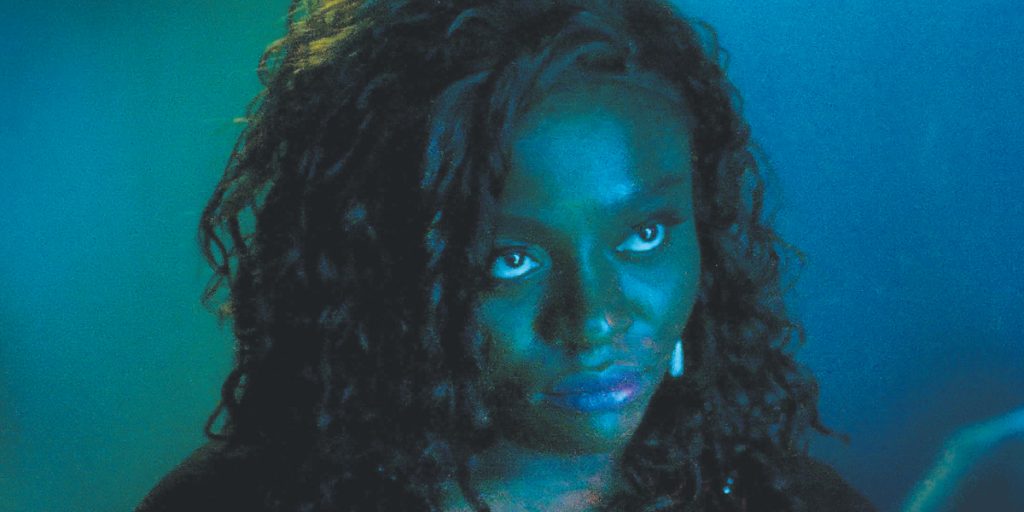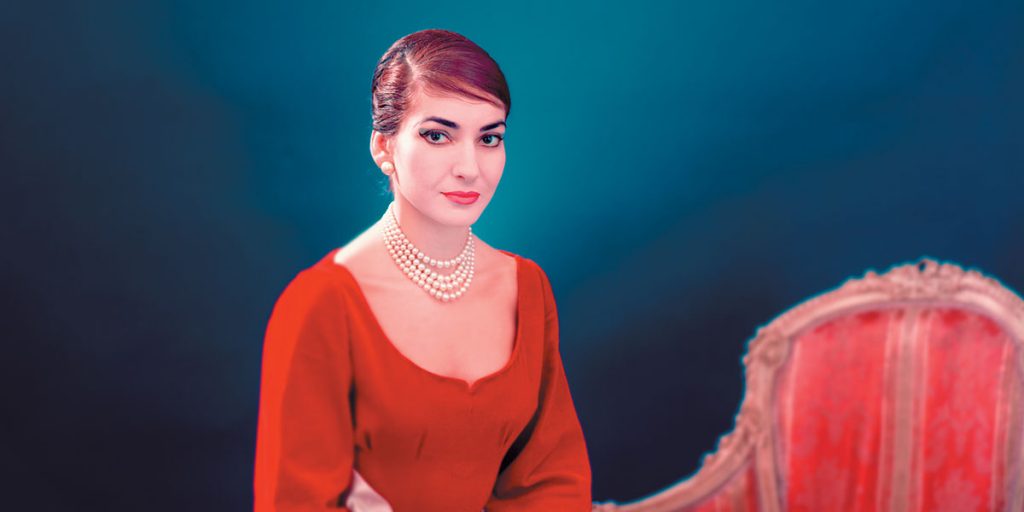Read also:
How to Watch FX Live Without CableHow To Watch AMC Without CableHow to Watch ABC Without CableHow to Watch Paramount Network Without CableThis piece was originally posted on Alcohollywood
The Chicago International Film Festival keeps chugging along this week, and so does our coverage. From upcoming big indie films to smaller local works, to foreign films that may never see mainstream distribution here, CIFF is a great time to stock up on works you may not get to see otherwise. Here are a few more gems I got to scope out over the course of the festival (which is still going until October 21st).

The kitchen-sink dysfunctional family drama is pretty old hat by now, but it takes something special to elevate that into something heart-rending and unique. First-time writer/director Elizabeth Chomko‘s What They Had, about a Chicago family reckoning with the worsening Alzheimer’s of their matriarch Ruth (Blythe Danner), is one such example. Chomko’s script adroitly captures the ways end-of-life issues can highlight the highs and lows of any family dynamic – distant daughter Bridget (Hilary Swank) struggles to make sense of her loveless marriage and her re-entry into the family dynamic after flying across the country; her brother Nicky (Michael Shannon at his most acerbic) clashes with Bridget over having to shoulder the responsibility of caring for their parents; father Burt (Robert Forster) balks at the idea of sending his wife to a memory care facility, arguing that his presence “is the best memory care there is!”
What They Had‘s magic comes from its deep understanding of its characters, and the absolutely stellar cast who inhabit them. It’s especially refreshing to see Swank back on screen, infusing Bridget with all the confusing emotions that come when personal crises stack on top of one another. (Her chemistry with Shannon is top-notch too, their exchanges the vehicle for some of Chomko’s most effortlessly dry humor.) But really, it’s Forster’s show through and through, his Burt a touchingly wounded man approaching the end of his life, reckoning with the potential that he might lose the woman he loves to predatory (in his mind) children and an unstoppable disease. Danner plays off the rest of the cast wonderfully, her illustration of Alzheimer’s feeling immediate and heartbreaking. She and Chomko perfectly execute those tragic moments when a loved one with Alzheimer’s seems like their old self again, only to lose it in the span of a second. It’s so easy for family-issue films like these to feel preachy or melodramatic, but a stellar cast and funny, sensitive script puts What They Had far ahead of the field. (I personally wouldn’t be mad at awards recognition for Swank, Shannon and Forster, as well as for Chomko’s writing.)
Look out for our upcoming interview with What They Had writer/director Elizabeth Chomko and actor Robert Forster.

In Mexican folk art, a retablo is a framed shelf depicting a small-scale tableau of colorfully painted figures, usually religious figures like the Virgin Mary. They’re a devotional gesture, a form of art intended to pay respects to whatever saint or angel gave them help or salvation in a time of need. For the family at the center of Alvaro Delgado-Aparicio‘s Retablo, these tableaus offer little hope against the scourge of homophobia and deeply entrenched codes of masculinity. Set in Peru, Retablo follows a young boy named Segundo (Junior Bejar Roca) who helps his father Noé (Amiel Cayo) build retablos to sell to the citizens of the nearby village. However after he accidentally finds out his father is secretly gay, Segundo’s world is turned upside down.
In many ways, Retablo feels as meticulously put together as one of Segundo’s titular votives. Mario Bassino‘s sun-baked cinematography captures the vast expanses of the Peruvian plains, the bright paint of the retablos popping amidst the arid hills and landscapes. In this harsh landscape, Segundo’s story is lovingly told, Roca’s expressive eyes conveying more fear, doubt and confusion about his father and his own life than reams of dialogue could have. It’s a largely silent performance in an extremely silent movie, his suffering almost Christlike as the community punishes him and his family for their eventual discovery of Noé’s homosexuality.
Marcio Reolon and Filipe Matzembacher‘s spartan script offers little answers to the nuances of Segundo’s ordeal – what does he think of his father’s identity? Does he have similar desires? – but these unexpressed feelings are part and parcel of Retablo‘s deep, interesting depiction of the punitive nature of conservative, deeply religious cultures. Friends and family turn on you in an instant, Segundo only being able to convey his own confusion through Roca’s steely gaze and bodily tension. It’s a harrowing tale of a boy in crisis, and a harsh reminder of the violence that befalls marginalized people around the world.

And now for something a little more life-affirming and vibrant – Gregory Dixon‘s free-wheeling Chicago indie comedy Olympia. In the abstract, it’s the kind of millennial-needs-to-grow-up story that’s been told plenty of times before; however, writer/star McKenzie Chinn infuses the story of a visual artist debating her life options upon turning 30 with a refreshing sense of regionality. The film’s Chicago setting is front and center, from discussions along the Riverwalk to friends breaking out the Malort to out-of-town visitors, to the unending arguments with her significant other (played with sensitivity by Charles Andrew Gardner) about the greater opportunities that lie out on the coasts.
“When you’re in your 20s, you can be as much of an adult as you want to be,” laments Olympia, “but if you’re in your 30s and your life isn’t together, you’re probably just a standard fuckup.” This sense of millennial malaise permeates every inch of Chinn’s wonderfully acerbic performance, infusing her frustrated soon-to-be thirtysomething with a relatable sense of aimlessness. Olympia’s art – a charming portfolio of vivid sketches infused with color – is a major source of identity for her, and Dixon endearingly overlays these sketches into the fabric of the film. Between the bright, squiggly overlays of Olympia’s art style over the scenes themselves, and Dixon cutting the film beat for beat to the the bouncy pop score from Josh Coffey and Otto Sharp, Olympia feels incredibly inviting, even as its protagonist’s situation grows ever more complicated. It’s a eye-popping debut, and a great showcase for Chicago’s incredibly diverse talent pool.
Look out for our upcoming interview podcast with Olympia writer/star McKenzie Chinn, director Gregory Dixon, and co-star Charles Andrew Gardner.

And now for something a little more harrowing – Sudabeh Mortezai‘s drama Joy, about a young Nigerian woman (Anwulika Alphonsus) caught up in the endless, burdensome cycle of sex trafficking. Shipped to Austria to work the streets alongside several other Nigerian sex workers, Joy struggles to pay off her debt to her “Madame” (Angela Ekeleme), while also contending with the unending demands of her family back in Nigeria and taking responsibility for naive newcomer Precious (Mariam Sanusi).
Mortezai’s gaze into the institutional horrors of sex trafficking is unflinching, matter-of-factly capturing the logistical traps Joy and Precious operate within just to survive in a world that offers them little escape. Joy is frequently tempted with escape by Austrian NGOs and the largesse of a rich regular who wants her for his own; however, Joy feels a responsibility to Precious, to her family in Nigeria, to the “juju” oath that curses her with bad luck if she tries to shirk her debts. In many ways, Joy is a film about economics, the cycles of debt sex workers must enter into, and the punishments they face. (The threat of sexual violence is front and center in some of the film’s most heart-wrenching encounters.) Like Retablo, Joy explores the suffocation that occurs in restrictive, religious societies, and the violence that occurs as a result. Joy’s journey is a frustrating and saddening one, a tragedy in the classic sense where nothing she can do can break her cycles of bondage.
Joy is an extremely affecting look at the dangers of sex work and immigration, and the ways socioeconomic factors prevent those in poverty from ever uplifting themselves to a better life. No matter how hard Joy tugs on those bootstraps, they simply won’t pull her up.

Maria Callas was one of the 20th century’s great divas – one of the most well-regarded sopranos in opera history, a beautiful, tremendous actress whose expressive face and sonorous voice charmed millions the world over. However, she was also a figure of great controversy, given her confrontational relationship with an invasive press and her publicly on-again, off-again relationship with Aristotle Onassis (who would eventually marry Jackie Kennedy). She joked in interviews that there were two different versions of her: Maria and Callas – the persona she had to affect for the media, and the real person within. In Tom Volf’s collage documentary Maria by Callas, he attempts to reconcile the two by crafting a doc entirely out of media appearances, performances, diary entries, and other personal miscellany by the prima donna – allowing Maria to explicate herself in her own words.
As a showcase for Maria’s considerable talents and one-of-a-kind je ne sais quoi, Maria by Callas is a stunning digest of the woman’s life and works. Maria is radiant at all turns, a smiling, effervescent figure who feels like Audrey Hepburn mixed with Joan Sutherland – even in her cattier, snarkier moments, she delivers her rejoinders to critics and hostile press with the most charming poise and wit. This is to say nothing of her performances, many of which Volf offers in their uncut versions – her arias and solos are simply sublime, suffused with vocal dynamism and active expressions that make the public’s adoration of her quite sensible.
That being said, it is difficult to discern whether Volf’s final product fits the brief; by its very nature, crafting an image of Maria Callas chiefly through media appearances and on-stage performances gives the documentary little to do with the “Maria” half of the famous figure’s personality. While some moments grasp at the vagaries of fame – the pressure of public expectation, the invasiveness of paparazzi – little is given of Maria’s true inner life. Perhaps that’s the true tragedy: maybe Maria was given so little time to herself that she never got the chance to have one. If the intention is to demonstrate the way in which fame and celebrity erases the true self in favor of a curate image, Maria by Callas certainly succeeds. However, one gets the impression she’s not ‘truly’ able to speak in her own words, even in a doc that crafts her story out of nothing but.
Keep an eye out for more Chicago International Film Festival coverage, including capsule reviews and interviews, in the coming week.